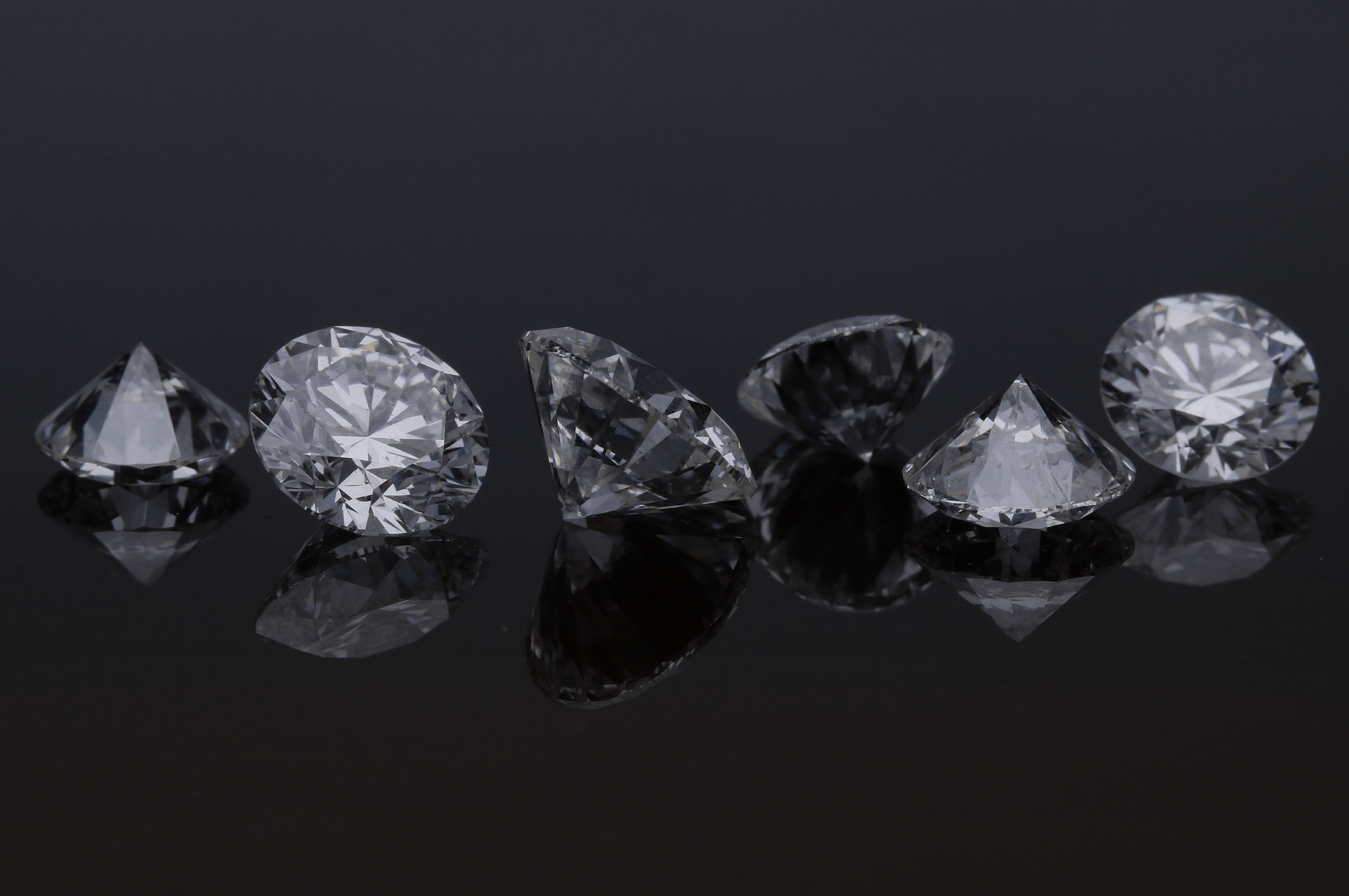
Lab Grown Diamonds
Diamonds might be forever, but how they're made isn't set in stone. Humans can now produce lab-grown diamonds that are the same as the real thing, while costing much less.
They say an engagement ring should cost between two and three months’ salary (or three years if you’re Michael from The Office). The good news is that whatever you spend can now get you a bigger rock. How? Lab grown diamonds are available for 40% to 50% less than mined ones, according to the International Gem Society (IGS)
Distinguished and Indistinguishable
So what are lab grown diamonds? Also known as synthetic diamonds, these crystallised forms of pure carbon have ‘the same optical, physical, and chemical properties as natural diamonds’, according to IGS. So whether you hold in your hand a mined or lab grown diamond, the only difference between the two is price.
A History Made In The Lab
The first lab grown diamond was created by General Electric ($GE) in 1954. A team headed by H. Tracy Hall used 10,342,135 kilopascals (kPa) of pressure at 2,760°C for 20 minutes to create a diamond. For reference, a crocodile’s bite has a crushing pressure of 25,500 kPa and steel melts at 1,370°C.
GE never made a significant effort to go retail with the technology, primarily producing small, industrial-grade diamonds for cutting, polishing and other industrial applications. Still, by improving their process, they were the first to make a ‘gem-quality’ lab grown diamond, in 1971. After a series of price-fixing allegations from the U.S. Justice Department in the 1990s, GE would exit the diamond business in 2003.
A History Made In The Lab
The first lab grown diamond was created by General Electric ($GE) in 1954. A team headed by H. Tracy Hall used 10,342,135 kilopascals (kPa) of pressure at 2,760°C for 20 minutes to create a diamond. For reference, a crocodile’s bite has a crushing pressure of 25,500 kPa and steel melts at 1,370°C.
Modern Diamonds
Most modern lab grown diamonds are produced through a method called chemical vapour deposition (CVD). CVD was first patented in the 1950s but wasn’t used to create gem-quality diamonds until the 80s. The technology continues to improve, and the ability to create dozens of diamonds at once is the main reason lab grown, gem-quality diamonds cost less than their mined equivalent today. In 2008, the process cost US$4,000 per carat; by 2018, that cost had dropped to between US$300 and US$500.
This sharp decline in price and expanding demand from consumers has prompted even retail giants like Signet Jewelers ($SIG) to go all-in on lab grown diamonds. What this trend ultimately means for traditional diamond miners like Rio Tinto ($RIO) remains to be seen. But that’s for another edition of The Wrap.